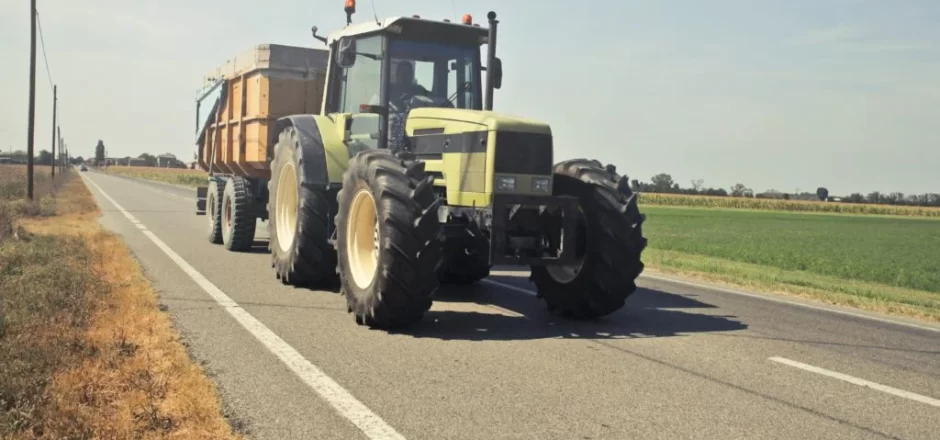‘Tis the Season: Watch Out for Road Hazards Caused by Farm Equipment

During the summer, farm equipment is out on the roads throughout the U.S., potentially making traffic more hazardous for all drivers for a number of reasons:
Size and Speed
Agricultural vehicles can be much larger than regular vehicles on the roadway, and usually travel much slower as well. Although they are likely moving relatively slowly, some farm vehicles aren’t able to stop as quickly as the average passenger car. According to the Occupational Safety and Health Administration (OSHA), approximately one-third of all tractor accidents occur on public roadways.
Blind Spots
Depending on the type of farm equipment being driven, blind spots can numerous. Sprayers, for example, sit on top of tall tires and provide abundant blind spots that the average driver may not be aware of. To avoid adding yet another blind spot, drivers of agricultural equipment should try to keep their windshields, mirrors, lights, and flashers as clean as possible and free of dirt, insects and chemicals.
Distractions
Like other drivers, those operating agricultural equipment become distracted at times due to cell phones, fatigue, and other hazards. Everything being carried – paperwork, lunch boxes, tools, and drink bottles — should be kept secured in the cab where it won’t roll around and cause a distraction or fall under the operator’s foot controls and lead to an accident.
Lighting
A 2016 study from the University of Iowa College of Public Health found that traffic crashes involving agricultural vehicles could be decreased by more than 50 percent if state policies required more lighting, marking, and reflection on those vehicles. States with greater compliance with the American Society of Agricultural and Biological Engineers (ASABE) standards for exterior lighting visible to other drivers and the recommended number and size of reflective markers had 11 percent fewer farm equipment road accidents than states with lesser compliance.
According to the Iowa study, farm equipment crashes are not just a rural problem. Although about 70 percent of such accidents occur in rural zip codes, 30 percent happen in urban areas.






